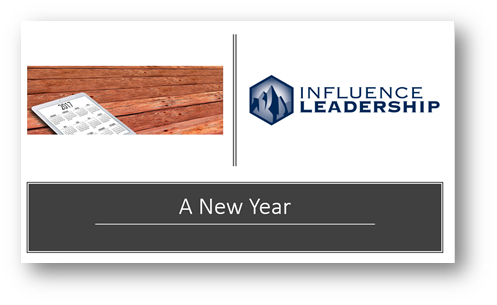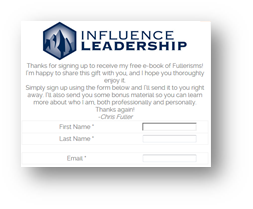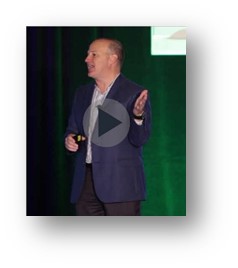Every year I have a theme that I rally around to make that year as impactful as possible.
For this year, I started thinking back to life at 17 for me:
- Graduated High School
- Moved out
- Started College
- Worked Full-Time
Whatever sweet 16 held was replaced with full-on Adulting (if you’re not a millennial, click to search the term).
It was time to own my future – time to mature!
In looking back over the course of life and business, this is a great theme for the new year; maturity.
There are methods, habits, patterns, and systems that need to improve IF I am going to take life and business to the next level. A person of ‘Maturity’ sees what’s working and what’s not and makes the necessary changes.
So, in looking at your situation, what needs to change? What are the situations (life and business) that you know need to change but you haven’t acted yet?
Consider this:
- What would your January 2017 self say to your January 2016 self?
- In 6-12 months from now, what will you be kicking yourself for? Wishing you had completed or worked on?
- If someone purchased your business, what would they change first?
If you want to survive, if you want to thrive – you have to do that work!
That is maturity; making the moves you know need to be made as soon as possible. It’s time to tighten it up, line it out, and work methodically toward our destiny.
The 3 focal areas for this week, related to maturity, are:
- Success is in your systems
- Get ready for harvest
- Extend (lengthen) the focus
1. Systems
Success is a process.
Having a plan and working a process are no guarantee of success, but without them, you can almost guarantee failure.
So where do you start?
In reviewing your 2016, what were the pinch points? What were those areas of life or business where you felt the pinch? That caused you pain?
We look into the pain so we can find where our success systems are failing us. If success is a process, then I need to periodically review the system to see if it’s working and yielding maximum benefit.
“Systems are meant to support not strangle!”
“You can’t scale a broken model!”
Consider these questions:
- Do we have Systemic success? Or Accidental?
- What is the natural outcome of our present methods?
- Where are we breaking down now?
-
If we wanted to achieve _____, what would have to change?
- increase 25-30%
- improve efficiencies
- etc.
- What recurring problems can we address?
- What can we automate?
Maturity understands that, to build a great future, the small support systems (the daily habits) have to be able to lead methodically to the desired outcome.
As a leader, that means you need to understand personal and organizational tendencies.
If we take a step back and look at things, we discover tendencies, or patterns. These patterns, over time, need to mature and adapt to meet today’s reality or tomorrow’s desired future.
Starting points:
- Start with self
- Start small
- Bite-sized pieces
- Build in accountability
For a period of time:
- Narrow your focus,
- Look for root causes and patterns; beliefs and behaviors
- Build in systems that support
“Lead where you are strong, put a system where you are weak!”
Without an effective system, any harvest gained will be wasted!
2. Ready for Harvest
Another definition of Mature is a financial definition that means ‘Ready for Payout’.
Are you ready for a payout? Aren’t we all ready for some payout?
The next question is a little tougher; have you built the systems that naturally lead to a successful payday?
Your systems should lead from seed to maturity to harvest. If the process fails to mature, the harvest will never fully ripen, and if it matures too long, it spoils.
Your organization may sell 1000 clients, but if you fail to fulfill the clients, you create enemies not champions.
3. Extend (Lengthen) the focus
Many people overestimate what they can achieve in the short term and underestimate what they can achieve over time.
In my R.A.C.E. methodology, I talk about becoming READY, performing the right ACTIONs, having evaluative CHECKPOINTS, and EVOLVEing systems or processes.
It is a great practice to think and plan in segments. What are the 12 components that you can line out and accomplish, weekly, that will put you in an amazing place by the end of this quarter?
Success is a process; let’s
- mature our thoughts and actions
- Review the existing
- componentize the steps forward
- create systems that support
- seek outside help (with accountability), and
- do the work daily.
Maturity may not be a ‘sexy’ word – but when done correctly, you will accomplish the dream and enjoy the life you want!
For millenials, adulting is a habit, a rhythm to get into, a path that, when taken step-by-step, leads to the life you want!
For more on this topic, click the microphone and check out the full podcast. Have a great week!







